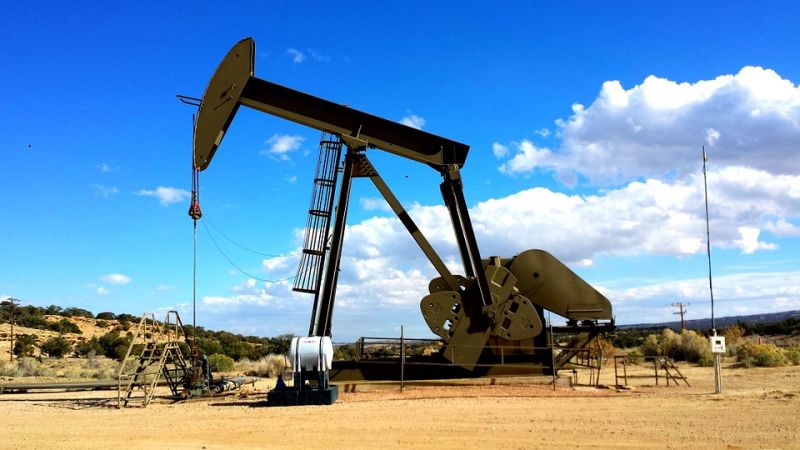Alberta Oilsands Cutting Water Use While Upping Production
Published on by Water Network Research, Official research team of The Water Network in Business
Alberta’s energy industry is getting more production using less potable water.
Last year industry used the same amount of non-saline water as in 2013 despite a 44 per cent increase in production, according to new report from the Alberta Energy Regulator (AER) designed to drive improved performance from the industry.
Alberta Energy Industry Water Use provides data on water used in a number of production methods for oil and gas, from hydraulic fracturing and enhanced oil recovery (EOR) to mineable and in situ oilsands.

Source: Pixabay
“Albertans depend on us to make sure the energy industry is using water in a responsible manner,” says Jim Ellis, president and chief executive officer of the AER. “This report provides Albertans with a better understanding of how water is being used to produce oil, gas and bitumen.”
Energy development forms a small part of all non-saline water allocated in the province, accounting for approximately 10 per cent. The remaining 90 per cent is allocated to other users, such as agriculture, forestry, commercial (e.g., golf courses, gravel pit operations) and municipal. But of that 10 per cent allocated to energy, only roughly 22 per cent was used, meaning that only 2.2 per cent of all non-saline water allocated in the province was used for energy development last year.
In addition to non-saline water, companies may also use alternative water sources, such as saline groundwater, produced water, waste water or recycled hydraulic fracturing water. While they do not have to apply to the AER to use saline water, companies are required to report how much they’ve used.
The report shows oilsands mining continues to be the largest user of non-saline water. Over the past five years, an average of 2.7 barrels of water was needed to produce one boe compared with hydraulic fracturing, EOR and in situ, which averaged less than 0.5 barrels of water per boe.
The report also highlights industry efforts to recycle water resources. In 2016, EOR and in situ oilsands developments recycled roughly 90 per cent of all water used as both technologies operate on a cycle where water and steam are continuously injected into the same wells. Hydraulic fracturing recycled about six per cent of all water used due to the limitations of storing or transporting hydraulic fracturing fluids.
Read full article: JW Energy
Media
Taxonomy
- Water Footprint
- Oil Sand Extraction
- Mine Water Management
- Consumption
- Oil & Gas
- Water Conservation